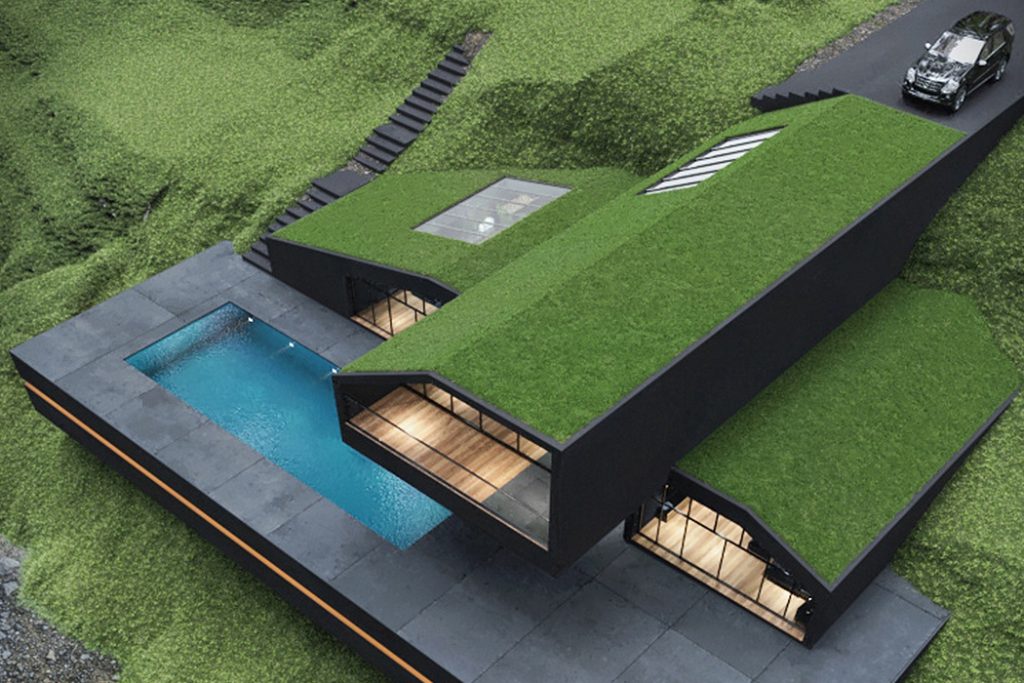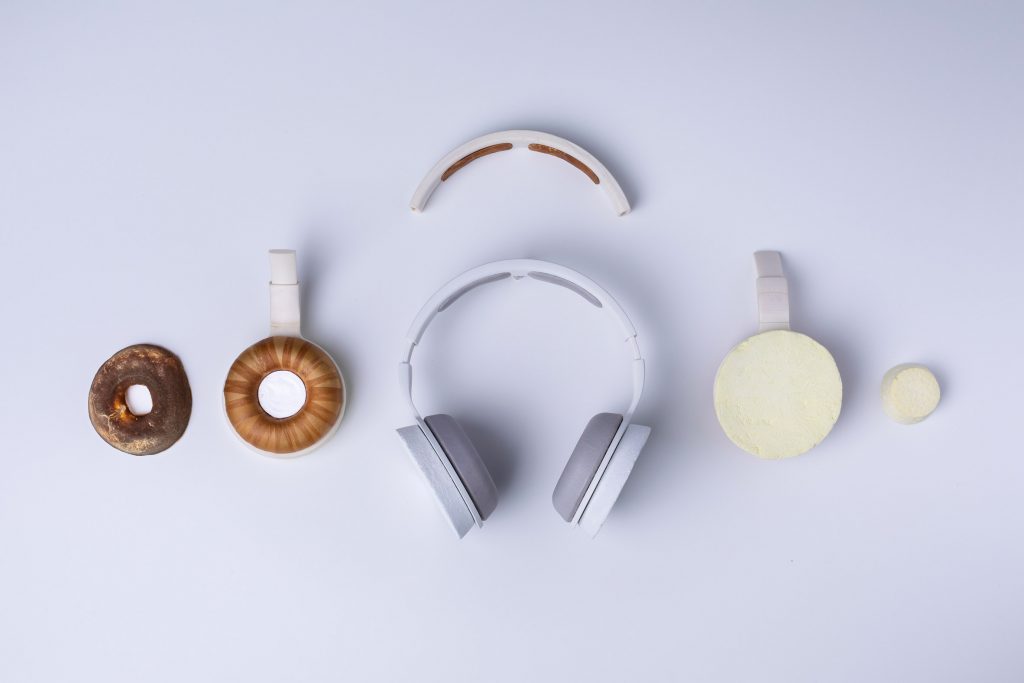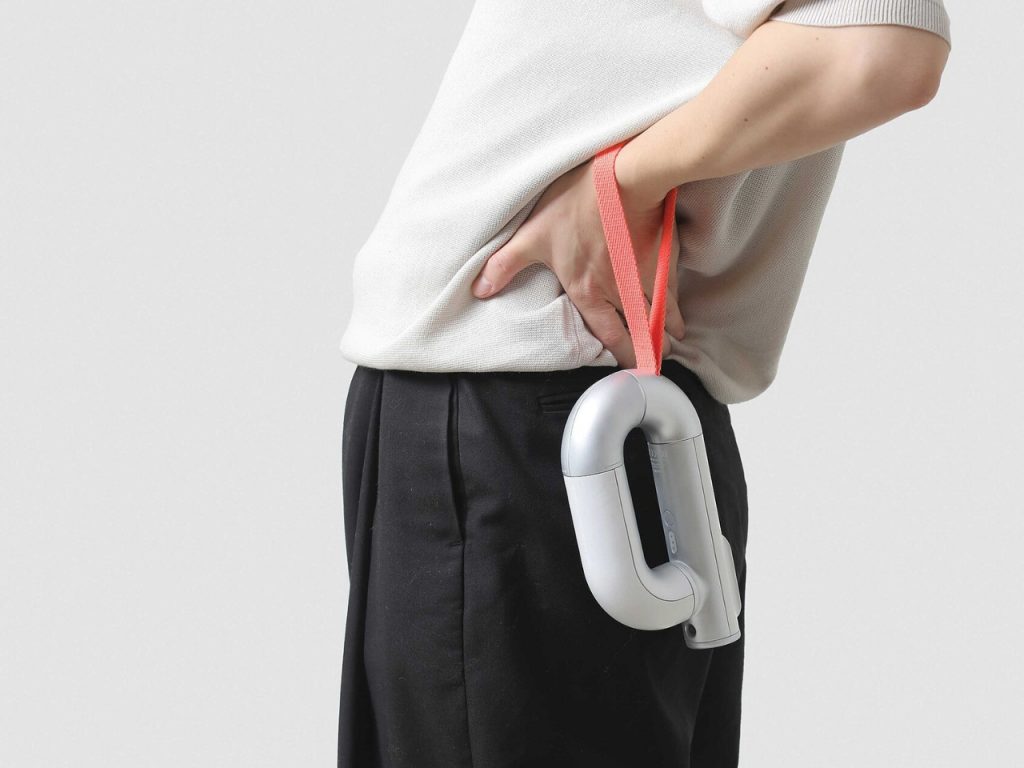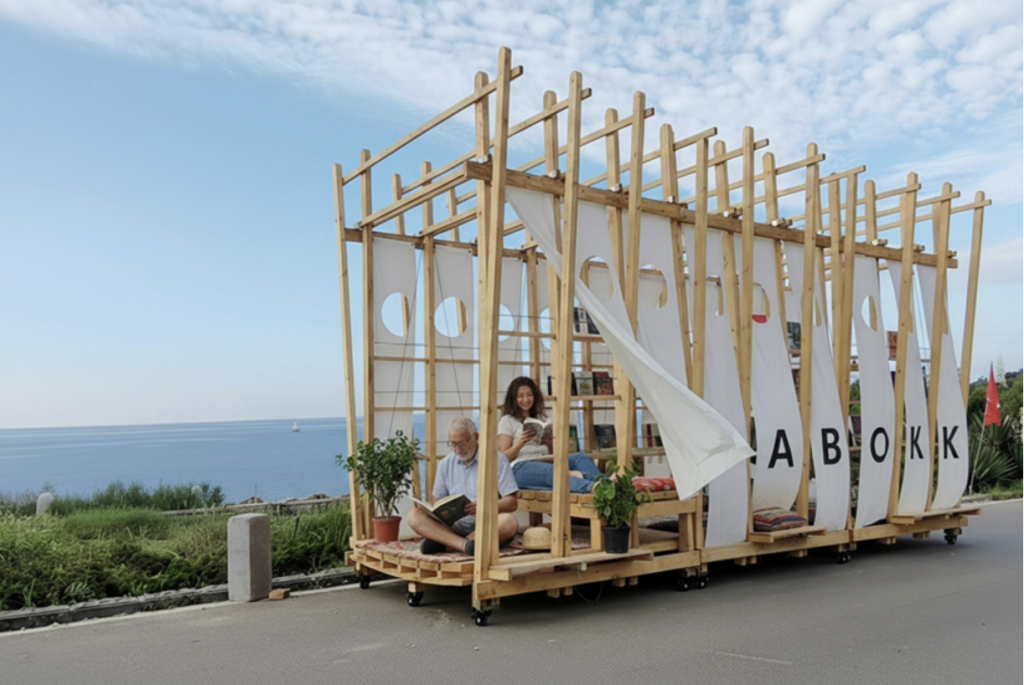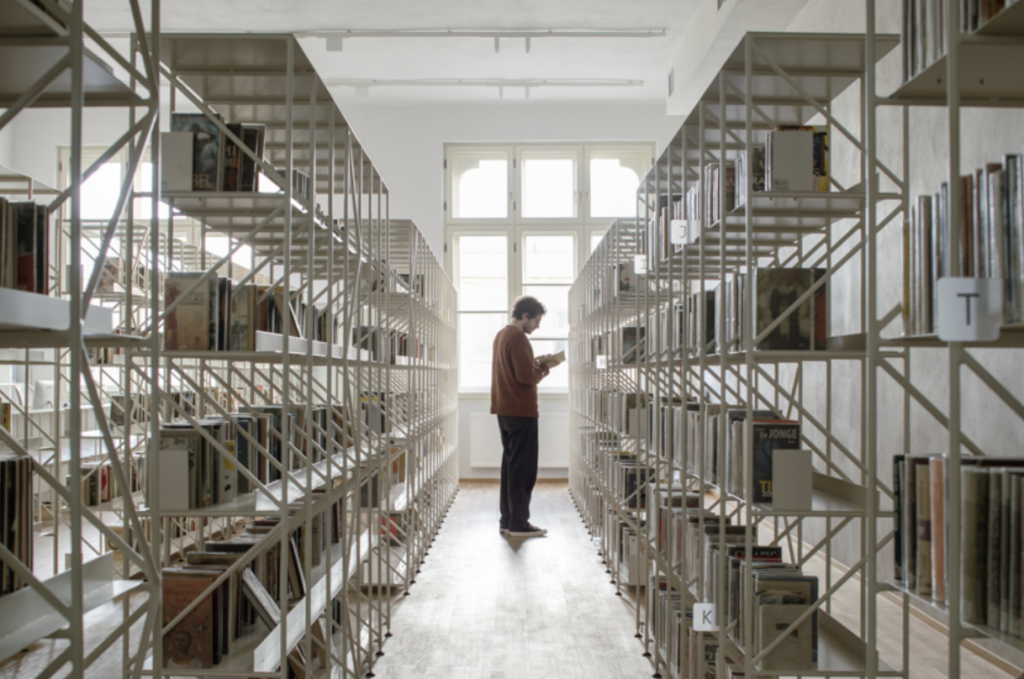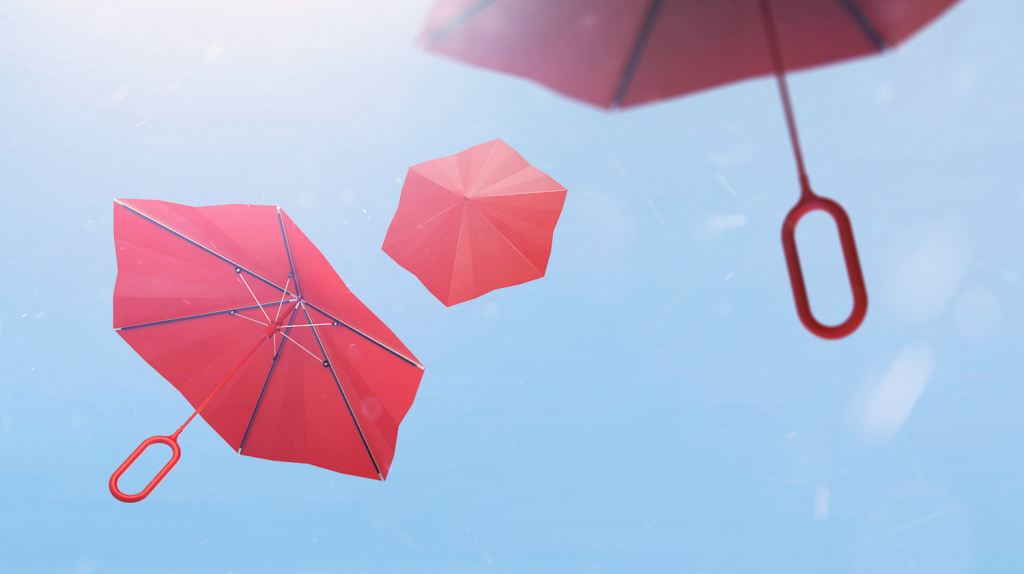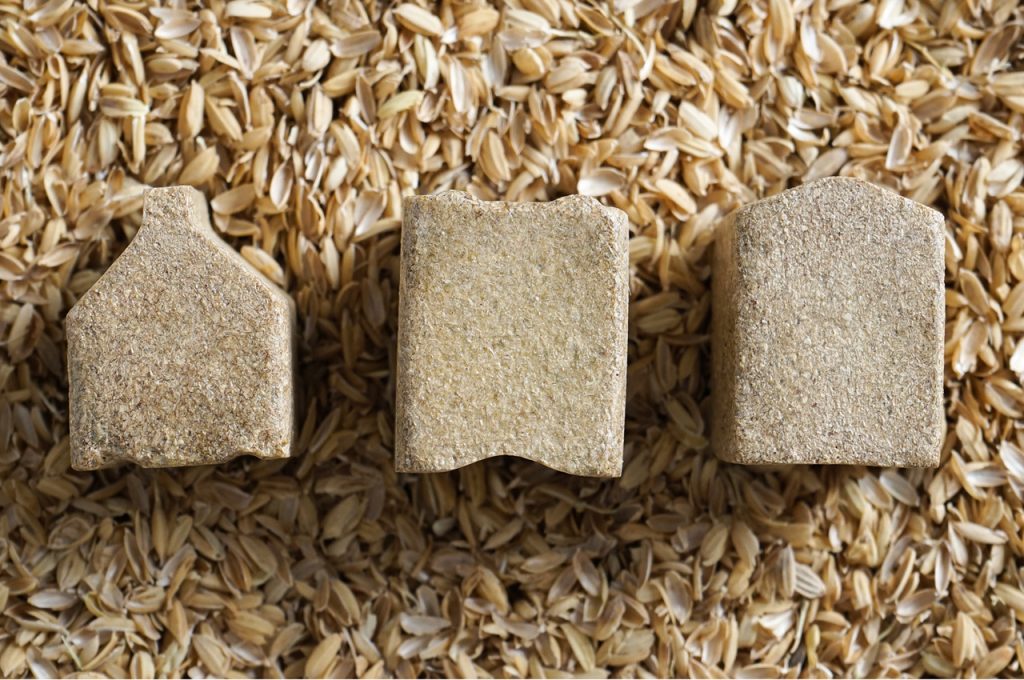Designers around the world are reimagining what a roof can be, transforming a once-forgettable surface into a platform for sustainability, artistry, and architectural storytelling. Grass covered roofs are no longer reserved for folklore or quaint hillside cottages. They have become markers of ecological awareness and design experimentation. These projects reveal how green roofs can inspire awe, provoke debate, and reshape our relationship with the natural world.
